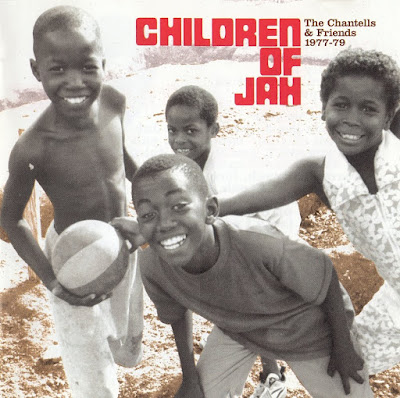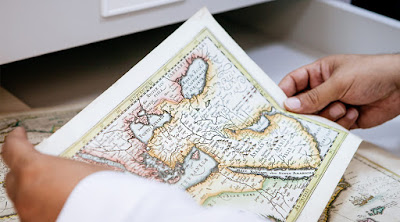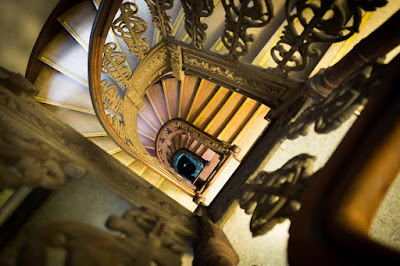
"Writing about the past is a free hit. You don’t have to risk anything. You know how it turns out. At any rate, you used to think so. Lately, I’ve been unable to read books or watch documentaries about recent European and American history with the same dispassionate fascination I once did. The comfortable sense I had that its worst horrors were safely in the past, its best lessons well learned in the present, has dissolved into vapour, into anxiety – into, often as not, dread. Yet at least, when it comes to the past, popular culture, popular music, remain solid enough. When, for instance, I settle down to begin one of these anniversary pieces, I invariably have a clear picture in my mind of what my subject is, what it stands for, where it fits. This will invariably alter in the writing, as it should; but I know where to begin, and I will discover where to end. Not here, though. Not with this one. For so many reasons. And those reasons are intimately and intricately connected both with the greatness and the significance of the work at hand, and with the grotesque and straight-up terrifying state of things. In particular, the state of the nation of millions.
It’s a damn shame that Public Enemy’s second album still matters so much. Or at least that it still matters so much in the way that it does. ..."
The Quietus
















































